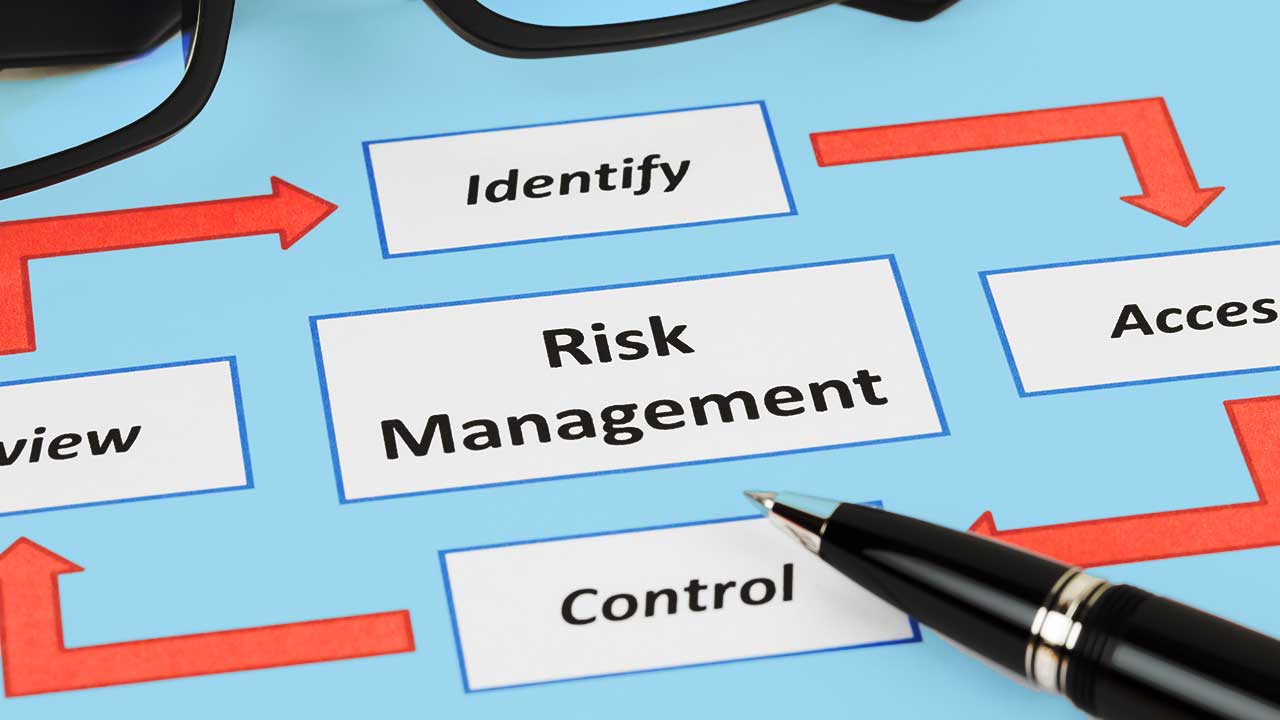 In order to ensure business longevity and consistent profits, it’s important to be able to avoid any potential pitfalls your business may face. No business in Australia is without risks, so it’s important to be aware of potential problems that could affect your business and to have solutions in place to either avoid issues or fix them in quick time if they do occur.
In order to ensure business longevity and consistent profits, it’s important to be able to avoid any potential pitfalls your business may face. No business in Australia is without risks, so it’s important to be aware of potential problems that could affect your business and to have solutions in place to either avoid issues or fix them in quick time if they do occur.
One key way of being able to achieve this is to create and implement a risk management plan. So, how do you go about creating a plan for risk management and what should it include?
That’s what we’ll cover in this article.
Why a Risk Management Plan Is a Necessity
It was alluded to in the intro, but let’s expand on this point a little more.
If you are not aware of potential risks and how to either avoid them or solve a problem, this could potentially result in a major catastrophe. This might be a serious injury to an employee or customer, something that grossly affects your business operations, a lawsuit, or even the prospect of having your business shut down.
No matter what happens, if you don’t do your best to mitigate business risks, your profits will likely be affected at some point, possibly in a major way.
Risk management is all about managing risks, minimising their likelihood of happening, as well as having contingency plans in place in the event a problem occurs.
Identify Potential Risks and Issues
An essential component of any risk management plan is to create sections where you identify possible risks and issues that could occur. This is something that will evolve over time, as you can’t possibly pinpoint every likely scenario from day one.
Involve everyone in this section of the plan, as your employees might identify something that you’re simply unaware of.
It’s also wise to study other similar businesses and see if you can learn of any problems they’ve faced so you can add them to your list.
You’ll likely find you’ve compiled a lengthy list over a period of time, but that’s not to say everything on your list is likely to happen. It’s more a matter of being fully aware of what risks do exist.
Determine the Likelihood Of Each Risk
The reason you’ll want to do this is so you can evaluate which risks are considered high-risk and which risks are least likely to occur. The risks that are deemed to be more likely to happen are the ones you should focus your attention on first. The more strategies you can implement to reduce the chances of a problem occurring, the better, but you first need to know what the risks are, and which ones require your attention the most.
This is all about prioritising risks so you don’t waste valuable time on something that may never happen, instead of focusing your attention on a potential problem with a much higher probability of occurring.
Evaluate the Potential Impact Of Each Risk
This point marries up with the point above. Not only do you need to determine how likely a problem is to occur, but also the potential impact it would have on your business if it did eventuate. You could place an emphasis next to each potential risk that has a higher chance of occurring, labelling it as high-impact, medium-impact and so on.
All of this will create a clearer picture of your risk management in your mind and allow you to see what needs the most attention.
Purchase Risk Management Software
Risk management software is a dedicated software that provides risk management solutions. The software will greatly assist you in implementing and monitoring your risk management plan, as well as providing reports and alerting you to potential problems before they occur.
You may want to consider hiring an experienced risk manager to oversee both the software and risk management in general. This ploy could prove to be well worth the investment, as it will potentially save you money in the long-term.
The Wrap
Risk management is more about planning and prevention than anything else. Put a plan in place, prioritise the risks and come up with solutions to those risks that pose the highest or most immediate threat.
